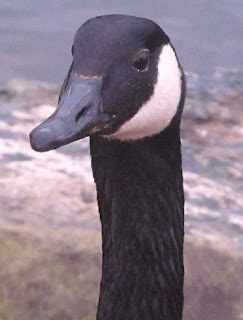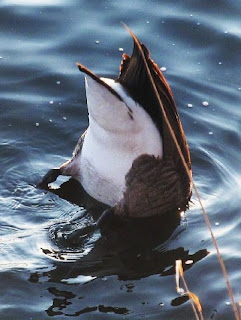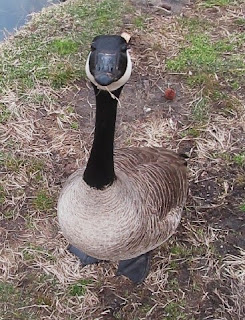Winter may have finally ended (at least according to the calendar), but this past season's "Polar Vortex" and its deadly impacts upon water birds are still occurring according to a recent press release from the Department of Environmental Conservation (DEC):
.
.
From the report:
.
"Because of cold temperatures and iced over waters, many birds have suffered food deprivation since early winter, and are only now starting to die off in great numbers."
.
The winter was especially harsh on various varieties of diving ducks, swans, coots and cormorants (birds dependent upon fish and water plants) as well as presumably, most wildlife.
.
In personal limited travels and observations, I have noted that despite all Central Park watercourses now unfrozen, mallards are still unusually hungry, perhaps seeking to compensate for calorie deprivation over the winter.
.
Nevertheless, despite the aftermath and repercussions of an unusually brutal winter throughout most of the country, normal spring rituals progress.
.
Migratory Canada geese are still passing through Central Park en route to places far north such as Canada and the Sub Arctic. They are typically observed trying to catch brief rest on the waters of the Jackie Onassis Reservoir or the Boat Lake before moving on their treacherous spring journeys.
.
Unlike the migratory geese who often appear like statues on the water bobbing up and down with the currents, resident Canada geese in Central Park are anything but quiet and subdued.
.
On the contrary and as previously described, the inevitable "rites of spring" are occurring with the dominant or "alpha" pairs of geese claiming nesting territories and the rest of the geese battling out places and hierarchal order in individual flocks. (This is currently most notable at Harlem Meer.)
.
Lots of honks, wing flapping, chasing and harassment among the ganders, accompanied by the occasional holding down in the water. All this while other geese look on like spectators at a boxing match or mated females cheer their boys on.
.
But, if the resident geese are loud and cantankerous, it is nothing compared to the mallards of whom even dominant hens often take part in spring ritual battles. (Sometimes I think that mallards are similar to dogs in that some of the meanest battles are among females.)
.
Nothing is in fact, quite so formidable in the mallard world as a mama mallard with half-grown ducklings.
.
I recall in the early fall of last year, a mama mallard and her then adolescent ducklings who could empty the entire north bank of Harlem Meer of other mallards just by showing up. Any mallard who dared to hang around a bit too long was quickly given the bum's rush by the entire family.
.
Last summer, a mama mallard used to leave her tiny ducklings with "Cago" (the female loner Canada goose at the Meer at that time) to baby sit while she ran off to attack all other mallards in the area.
.
Perhaps female mallards have to be tough because they don't usually have the benefit of their male partner drakes when raising ducklings. This is very unlike the Canada geese in which the gander plays a huge role in helping to raise and protect goslings.
.
But, female mallards can be victims, too.
.
Those hens not already paired up by early spring can find themselves endlessly harassed by multiple drakes to the point of near exhaustion or even in extreme circumstances, death (although the latter I have never personally observed, but read about).
.
As noted in the previous blog entry, this appears to be the reason most mallards actually pair up during late fall or early winter (when drakes actually take on their bright colors again). It represents protection and later security for both, hens and drakes from the otherwise harsh rituals and battles of spring. It also insures them a higher place in the flock in terms of social hierarchy.
.
In geese too, those geese not already paired up by early spring are subjected to harassment by other geese and low status placement in the flock.
.
To the occasional observer, water birds on a lake or pond may look the same all year.
.
But, take closer look and you will note the inevitable changes that occur all year long in behavior, physical condition and in some cases even appearance and color.
.
Ducks for example, indeed had it very hard this winter with cold, ice and ultimate starvation taking out many of their numbers.
.
But, come the spring and all the normal rituals again occur with mallard pairs staking out their territories and chasing any "interlopers."
.
As for the geese, it seems winter wasn't quite the grim reaper for them as it was sadly for other birds.
.
But, careful observance of the geese over the winter predicted the harsh and unusual changes about to occur long before the human meteorologists did.
.
The geese knew well when to pack up and ship out before any of us even knew what a "Polar Vortex" actually was. -- PCA
.
.
.
**************












